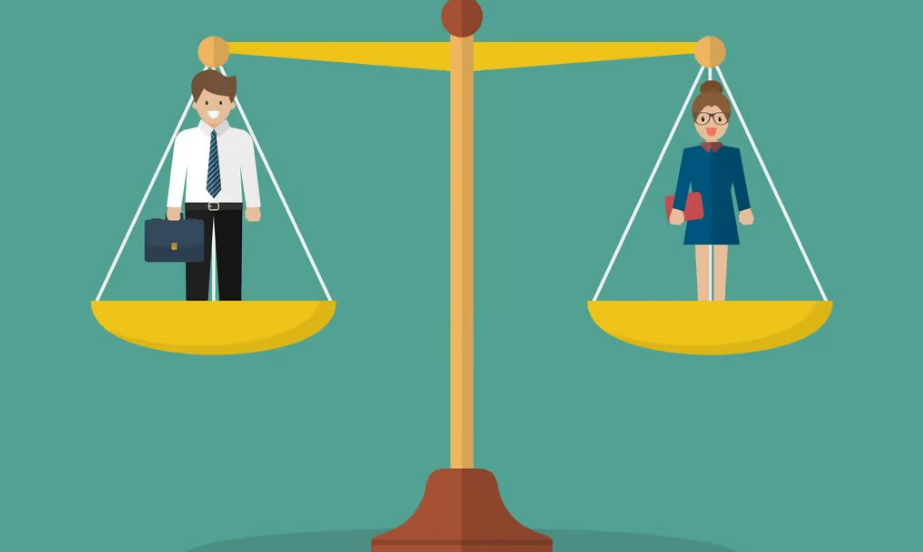
Hot on the heels of the recent changes to Australia’s pay secrecy laws, employers with 100 or more employees may soon be obligated to publicly share their gender pay gap information.
Earlier this month, the Albanese government introduced the Workplace Gender Equality Amendment (Closing the Gender Pay Gap Bill 2023 (available here) as part of their plan to eliminate Australia’s gender pay gap. With reporting to commence in 2024, each employer with 100 or more employees will be forced to submit their workforce gender pay gap data to the Workplace Gender Equality Agency (WGEA) and make it publicly available on the WGEA website.
Submitting this data is not a new requirement for businesses, however, there has never before been an obligation for employers to make this data publicly available.
With the current figures for Australia’s gender pay gap being that, on average, women working full time can expect to earn 14.1% less than men per week, many commentators have praised the Bill’s introduction.
Others, however, have questioned the validity of the data required to be published. For example, the new rules only require employers to publish simple aggregates of their pay data, which may not tell the ‘whole story’. An Associate Professor of Finance from UNSW, in his opinion piece (available here) suggests that this data may not assist in finding the right solutions for the right problems.
As an example, the opinion piece provides the following scenarios:
1. Imagine there’s a company with 101 employees. One of these employees is a male CEO who is paid ten times as much as the 100 remaining employees (50 men and 50 women), who are all paid the same salary. This would translate to a 17.6% gender pay gap based on the information they would need to make publicly available.
2. Alternatively, imagine instead in this company, the CEO does not take a salary, but deliberately pays women 2 cents less than men. The data that must be made publicly available would show that no gender pay gap exists within the company.
While this Bill’s introduction is a significant step forward in eliminating gender pay inequality in Australia, it will remain to be seen whether the Bill will be adapted following exploration of its shortfalls and introduce different data collection requirements. However, it is safe to assume that this isn’t an unlikely possibility, with pay equality seemingly at the forefront of the Albanese government’s agenda for the Australian workforce.
If it isn’t being done already, all employers (regardless of the size of the enterprise) should be regularly reviewing their workforce gender pay gap information. In particular, making sure the data is subject to thorough analysis so that the causes of any inequality can be properly addressed.
Edge Legal
Relationships. Respect. Results
Sign up for our 'Tips & Trends' Articles
You will get short, relevant articles on topical areas with actionable steps and real commentary
We care about the protection of your data. Read our Privacy Policy.